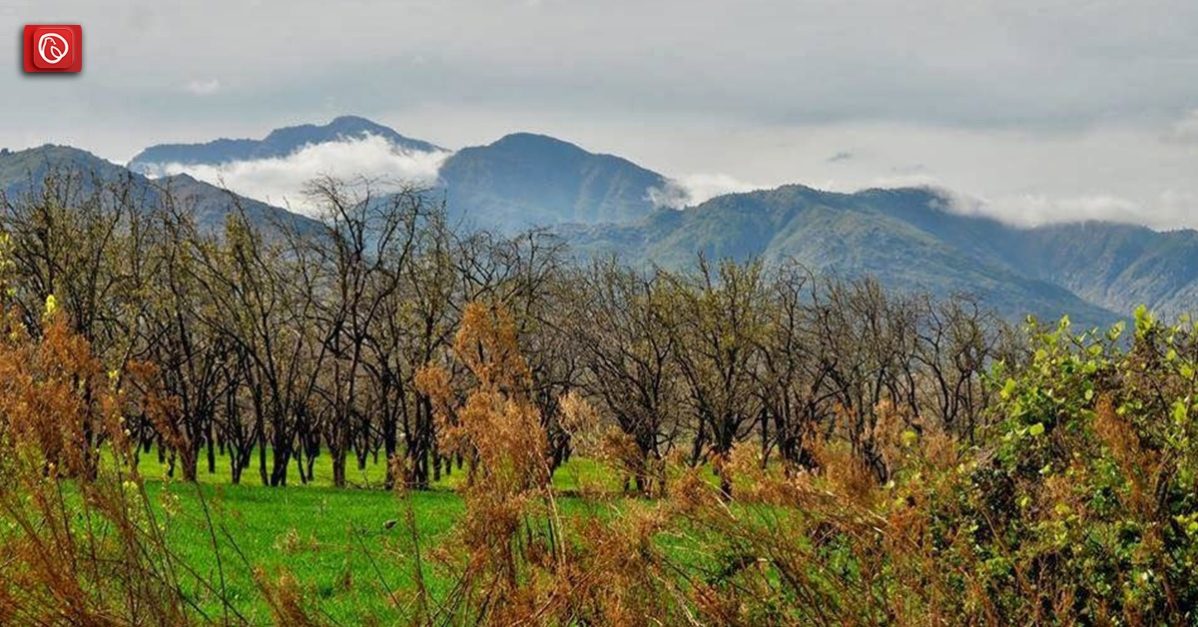Chakdara, located in the scenic Lower Dir District of Khyber Pakhtunkhwa, Pakistan, has a history dating back over 3,500 years. The ancient city is known for its natural beauty and for its substantial archaeological sites, educational institutions, and cultural assets. In this blog, Graana.com has prepared some interesting information about Chakdara.
Gateway to Malakand Division
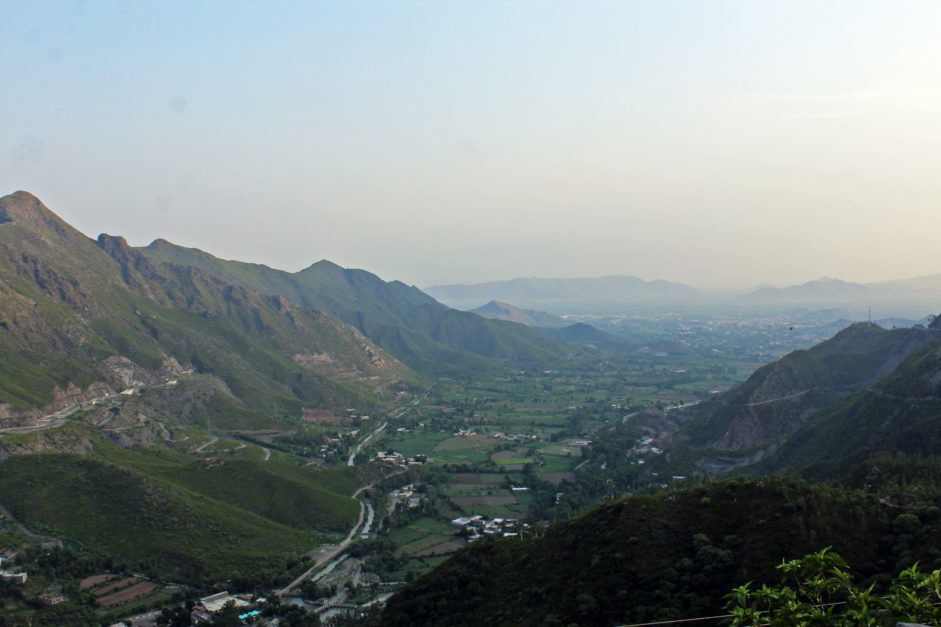
Chakdara is the second-largest city in Dir Lower, after Timergara. It is strategically placed at the entrance to the Lower Dir District, near the entrance of the Swat District, and serves as the gateway to the Malakand Division.
The Swat Motorway, an important transportation corridor, runs through Chakdara, connecting it to other sections of the region. Chakdara, located roughly 130 kilometres from Peshawar, 40 kilometres from Mingora, and 38 kilometres from Timergara, acts as a vital hub in this region of Pakistan.
A Tapestry of History
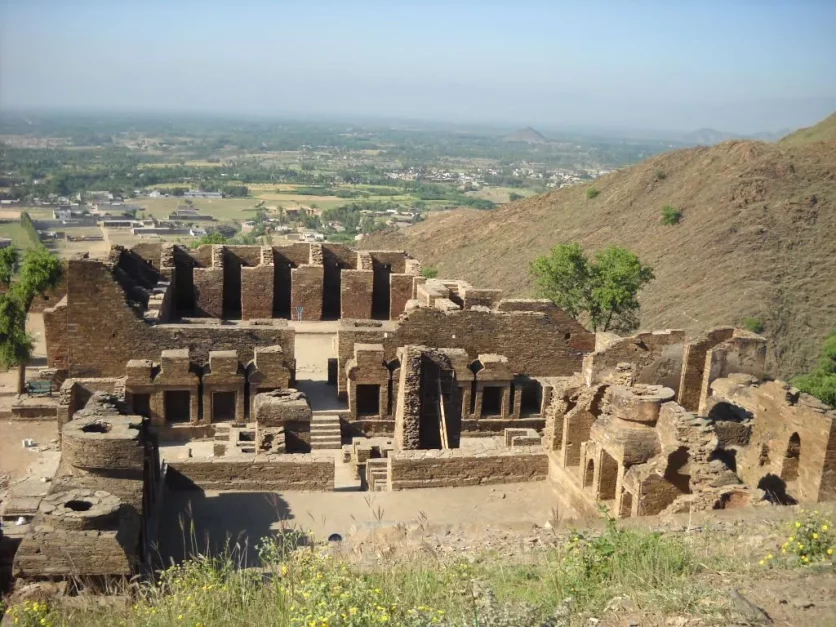
Chakdara is a historical treasure trove, with evidence of the Gandhara burial culture, Buddhist temples, and Hindu Shahi forts spread throughout. It is considered to be one of the best historical places to visit in Pakistan. Chakdara’s historical prominence stems from its strategic location along an age-old pathway that linked Afghanistan through the Nawa Pass and Katkala Pass, which was alternatively referred to as Zwalm Pul or Bridge.
Chakdara’s strategic importance was recognised by the Mughals, who constructed a fort here in 1586. The fort was later taken by the Colonials, who went on to build the current fort in 1896. During the Siege of Malakand in 1897, the British had to defend this fort, adding another thread to Chakdara’s historical tapestry.
Archaeological Wonders
Chakdara has a plethora of archaeological sites, each with its own narrative to tell. Chakdara Museum houses Buddhist sculptures from the first to seventh centuries, as well as Hindu Shahi antiques. These artefacts provide insight into the region’s rich cultural and religious heritage.
Damkot Hill is a major archaeological place in Chakdara. Excavations at the summit of this hill have revealed ancient dwellings ornamented with ceramics and jewellery, some of which are currently on display at the Saidu Sharif Gallery. An early graveyard nearby provides insight into the burial practises of early settlers. Large stone slabs were used to seal these tombs, which contained partially cremated bodies surrounded by ordinary items.
In addition, archaeologist Ahmad Hasan Dani unearthed the Buddhist stupa and monastery from the first century AD between 1962 and 1965. Buddhist carvings can also be found on the foothill. In times of the Hindu Shahi dynasty, a fort was constructed here, but it was demolished in the 11th century. The British acquired possession of the hill in the nineteenth century.
Andaan Dheri, an important Buddhist site located north of Chakdara Bridge, provides another view into the past. This location is linked to a Buddhist mythology in which Buddha transforms into a giant serpent to save mankind from famine, and the townspeople cut parts from the serpent’s body to feed themselves. This site is also associated with the mystical Lake Dhanakosha, believed to be the birthplace of Padmasambhava, the founder of Tibetan Buddhism.
Chakdara Fort
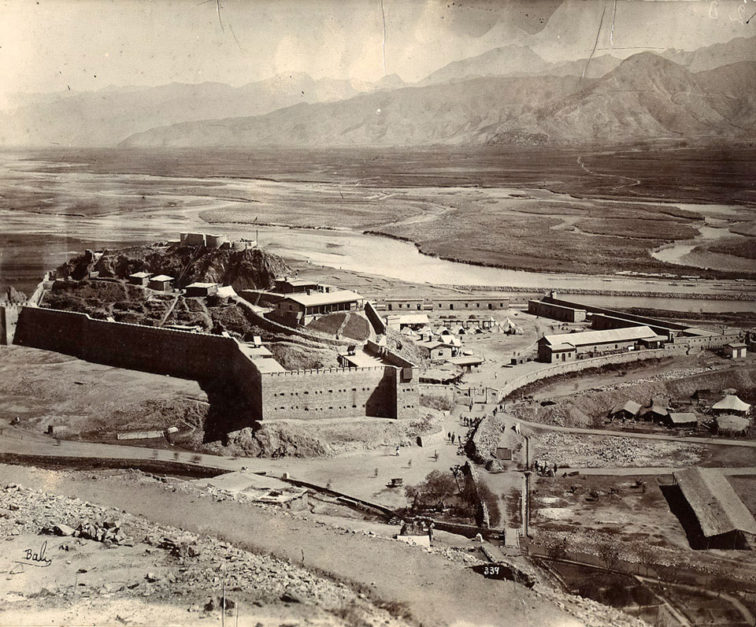
Chakdara Fort, a mediaeval bastion in the heart of Chakdara, Pakistan, possesses enormous historical significance. Chakdara Fort’s foundations date back to the Mughal dynasty, when it was built in 1586. The strategic value of this position, perched at the gateway to the Lower Dir District near the Swat District, was recognised by the Mughals. During the Mughal era, it was a vital post in the region.
Chakdara Fort had substantial modifications in 1895 during the British colonial period. Recognising the fort’s strategic value, the British strengthened it by fortifying it with more modern architecture. The current structure was conceived in 1896.
One of the most significant incidents in Chakdara Fort’s history was its participation in the Siege of Malakand in 1897. During this turbulent episode, the British were forced to defend the fort against local Pashtun tribesmen. The siege, however difficult, demonstrated the fort’s strong defensive capabilities.
Architectural Influences of Chakdara Fort
Chakdara Fort combines Mughal and British architectural influences. The fort’s design combines characteristics from both eras, making it a one-of-a-kind historical landmark. Visitors can walk inside its well-preserved walls, bastions, and entrances, which illustrate the architectural styles of the time.
Because of its location near the gateway to the Lower Dir District, the fort was strategically important for controlling the region. It functioned as a lookout point for movements through the Nawa Pass and Katkala Pass, which were previously known as Zwalm Pul (Bridge). It was able to monitor and secure vital commerce routes and critical corridors because of this.
Chakdara Fort is a testimony to the region’s historical past. Efforts have been made to preserve and maintain this historical property so that future generations might recognise its value. The fort has been opened to the public, allowing visitors to learn about its fascinating past.
Beyond its military and strategic significance, Chakdara Fort has become a symbol of Chakdara’s enduring cultural and historical legacy. It is a location that captures the various historical influences that have impacted the region over the years.
Educational Hub
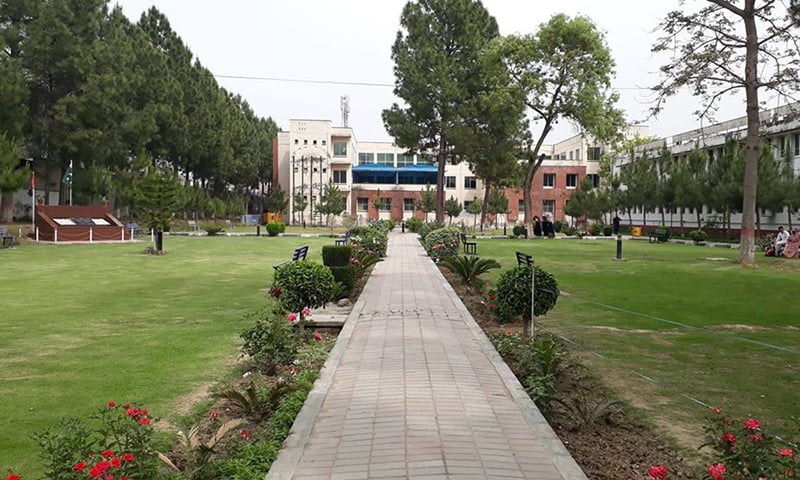
Chakdara is not only historically significant, but it is also a centre for education. The city is home to the University of Malakand, which acts as a regional centre of higher learning. Several other notable educational institutions add to the city’s position as an educational centre, including the Board of Intermediate and Secondary Education Malakand, OPF Public School, Degree College Gulabad, and countless other schools and colleges.
Chakdara, with its amazing history, archaeological treasures, and commitment to education, remains a city that both honours and embraces its past. As a gateway to Pakistan’s Malakand Division, it exemplifies the region’s continuing character and culture.
Conclusion
Chakdara has a rich tapestry of history and cultural heritage within its borders. Chakdara has much to offer both the history aficionado and the modern academic, from old archaeological wonders to being a bustling educational hub.
FAQs about Chakdara, Pakistan
The following are the most frequently asked questions about Chakdara, Pakistan:
What is the significance of Chakdara’s archaeological sites?
The archaeological sites of Chakdara are extremely important because they provide a glimpse into the region’s diversified and culturally rich history. The artefacts, which range from Buddhist sculptures to Hindu Shahi relics, let us understand Chakdara’s historical tapestry.
Which educational institutions are located in Chakdara?
Chakdara is home to several educational institutions, including the prestigious University of Malakand, which is critical for higher education in the region. Furthermore, various institutions and universities add to the city’s image as an educational hub.
How can I reach Chakdara?
Chakdara is about 130 km from Peshawar and is easily accessible by the Swat Motorway. Because of its strategic location, the city is easily accessible by road from many parts of the region.
What is the historical significance of Chakdara’s fort?
Chakdara’s fort has a great historical value. It was built by the Mughals and then fortified by the Colonials, and it witnessed key events such as the Siege of Malakand in 1897. This fort demonstrates the strategic importance of the city.
Are there any legends associated with Chakdara’s archaeological sites?
Yes, the archaeological sites of Chakdara are not only historically significant, but also immersed in tales. For example, at Andaan Dheri, the narrative of Buddha’s metamorphosis into a snake gives a magical depth to the region’s cultural legacy. These legends add to the sites’ allure for visitors and history buffs alike.
This is all you need to know about Chakdara, Pakistan, for more information visit Graana Blog.
